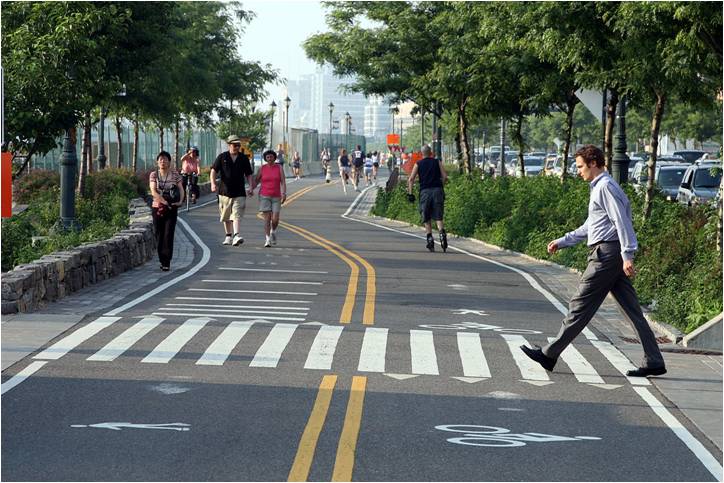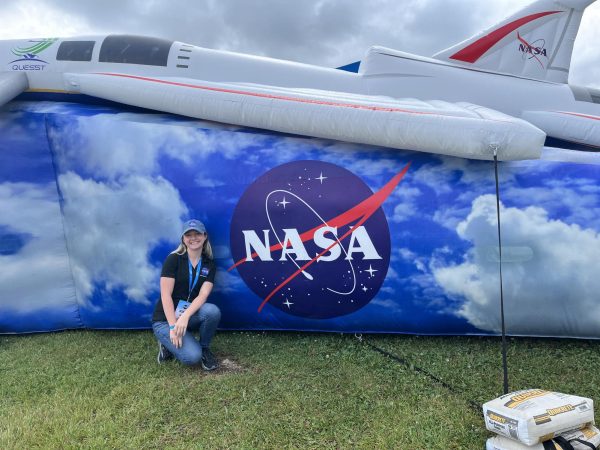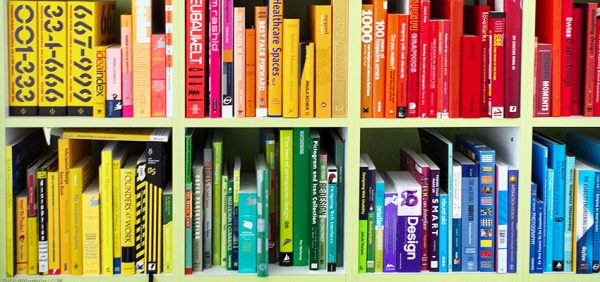Make A Difference: The Impending Crisis of Urban Walkability
Columnist Brian Mignogna shares his Make a Difference project for AP Seminar
Advisor’s Note: This article was written by an AP Seminar student as part of a “Make a Difference” project. For the AP Seminar Performance Tasks that are scored by College Board, students spend their year researching and writing about real-world, complex issues. After the AP test, students choose one of the topics they studied and do something to raise awareness about the issue to shed light on it as a way to make even a small difference. Students have a variety of options including developing websites, creating posters, starting social media campaigns, writing letters, and, this year, writing articles for Cardinal Nation. Columnist Brian Mignogna chose to share his issue in Cardinal Nation. Here is Brian’s submission.
Make A Difference Note:For sophomores, beginning to take AP classes is a challenging yet sometimes exciting part of the year. One of the classes most often taken by sophomores is AP Seminar, a research and presentation-based class through which students can learn to research and write about real-world issues, present their findings, and analyze arguments made by others to determine a line of reasoning, as well as obtain college credit in the process. Once AP tests have concluded in early May, students work on the Make A Difference project, through which they can spread awareness of previous issues they have researched in the class.
Mrs. Coleman, who teaches AP Seminar, explains that she developed this project so that students would not “spend a year researching and writing about problems without thinking about how they could contribute to being part of a solution.”
“After a year of studying a wide array of issues,” Mrs. Coleman says, “students can choose one where they take action to make a difference, however small. Over the years, students have written letters to people in decision-making positions at the local and state levels, developed websites and posters, and used social media such as Twitter to raise and spread awareness. Now they can also contribute to Cardinal Nation as a way to bring issues to light. Student voices are important, and kids need to know they should strive to enact change when an issue matters to them.”
In my case, as a Seminar student myself, one of the topics I researched was walkability within American cities. Through this article, I will aim to spread awareness of the difficulties of low walkability, as well as benefits of improved walkability, and look to encourage action from students.
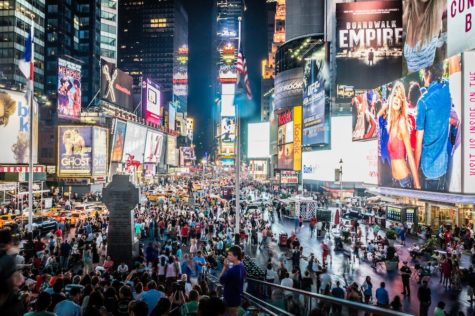
Introduction:Ever since the founding of cities, transportation has been a key factor within their creation. With the installation of roads and sidewalks comes the assumption that travel is encouraged.
However, the ability to walk in many cities has deteriorated to the point where there is a great need of improvement. As vehicular transportation has become a greater need, walking has become less of a priority, and so less care is given in encouraging the ability to walk. American cities are now more difficult to walk through, especially in more crowded cities. This can result in various negative consequences, such as increases in greenhouse gas emissions, correlations to crime rate, and the discouraging of physical activity.
To counteract such consequences, students can make an effort to encourage walkability improvements, specifically in areas such as downtown Cleveland. Once grown up, students can also work to live in areas with higher walkability, so that they will experience the benefits.
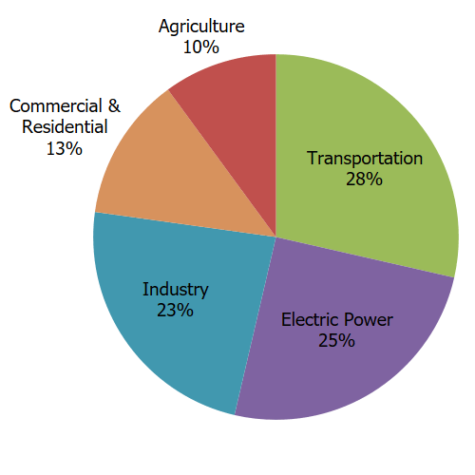
Context: As cities become less walkable, there is also less motivation to become physically active. As a result, obesity rates and BMIs (Body Mass Index) have increased throughout the country. Other factors that contribute to BMI include use of land and proximity to grocery stores, both of which impact one’s ability to purchase healthy food items.
A decrease in walkability and an increase in road traffic also contributes to the growing issue of climate change, since vehicles and transportation emit greenhouse gas emissions into the atmosphere. According to a graph from EPA article “Sources of Greenhouse Gas Emissions,” transportation contributes the greatest amount to greenhouse gas emissions, followed closely by electric power and industry. This shows how, if walkability is improved, greenhouse gas emissions will decrease significantly.
Traffic can also hurt pedestrians directly, as vehicle exhaust adds particulate matter to the air which pedestrians breathe in. Regional advisor for environmental epidemiology from British Medical Journal Carlos Dora explains that particulate matter is connected to weakened lung function, increased respiratory system usage, and greater drug treatments for those with asthma. As such, there is a need for greater walkability in order to reduce the amount of traffic on the road and to further lessen greenhouse gas emissions, thereby improving the health of citizens as well.
Furthermore, socioeconomic status also correlates with walkability levels, and there are other statistics connected to walkability, such as crime rates and spacial inequality. Improved walkability can therefore have greater benefits on society.

Student Action: In order to encourage greater walkability, there are many actions students at Mentor High can take in order to contribute to improving walkability locally in Mentor and even in Cleveland.
For instance, students can help by reaching out to the Mentor City Council, specifically President Matthew Donovan, in order to encourage change within Mentor. Students can also reach out to members of the Cleveland City Council, as well as the Development, Planning and Sustainability Committee, to encourage change within Cleveland as well. In this way, a greater effort can be made to improve walkability in our own cities, which can encourage effort throughout the country as well.
Once students begin to move to a new place after college, they can also move to a place with higher walkability, such as New York, Boston, or Chicago, in order to fully experience the benefits of living in areas with improved walkability. Benefits include greater motivation and availability of physical activity and lessened greenhouse gas emissions. Through taking advantage of this walkability by increasing physical activity and using vehicular transportation less often, students will be able to benefit both themselves and their environment.
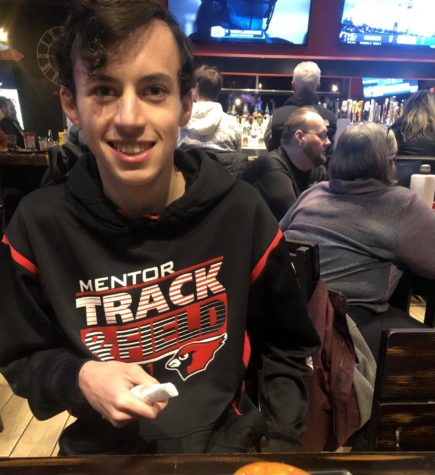
Brian Mignogna is a member of the Class of 2025 at Mentor High School. He is a part of the Mentor cross country and track teams, NHS, and Cardinal Nation....

